The NCAA would prefer to be basking in the success of a March Madness basketball tournament that has been a blast to watch and exactly what sports fans craved after missing out on it last year.
But instead of getting ready for the Final Four, the attorneys and leaders of the NCAA were appearing before a front line of intimidating figures that make Patric Ewing and Dikembe Mutombo seem like a couple of Teletubbies.
The Supreme Court of the United States was the scene Wednesday for an intense hearing involving the nine Supreme Court justices and three seemingly innocuous letters; NIL.
It stands for name, image and likeness, and it’s at the forefront of a fight between college players and the NCAA.
The bottom line is the NCAA has prevented individual players from monetizing their name and likeness, but in some shape or form, it’s almost certain that things are going to change very soon.
The last time the Supreme Court dealt with the business model of collegiate sports was back in 1984, when the Court declared the NCAA deserved ample latitude to make the rules they felt they needed to protect the tradition of amateurism in college sports.
The case the Court heard was NCAA v Alston. How the justices rule will almost certainly be a tipping point in who will be allowed to dictate the terms of compensation for athletes.
A district court ruled that the NCAA’s limits on what individual schools are allowed to give their athletes as a violation of antitrust law. The NCAA appealed, which is why the Supreme Court heard arguments Wednesday.
A ruling is expected sometime in late summer. If the Supreme Court justice’s overturn the decision, which would be a win for the NCAA, it gives the NCAA the upper hand on how the future of amateurism rules will look like.
If it holds up the ruling, then state and federal lawmakers, along with the athletes will most likely dictate the direction things turn.

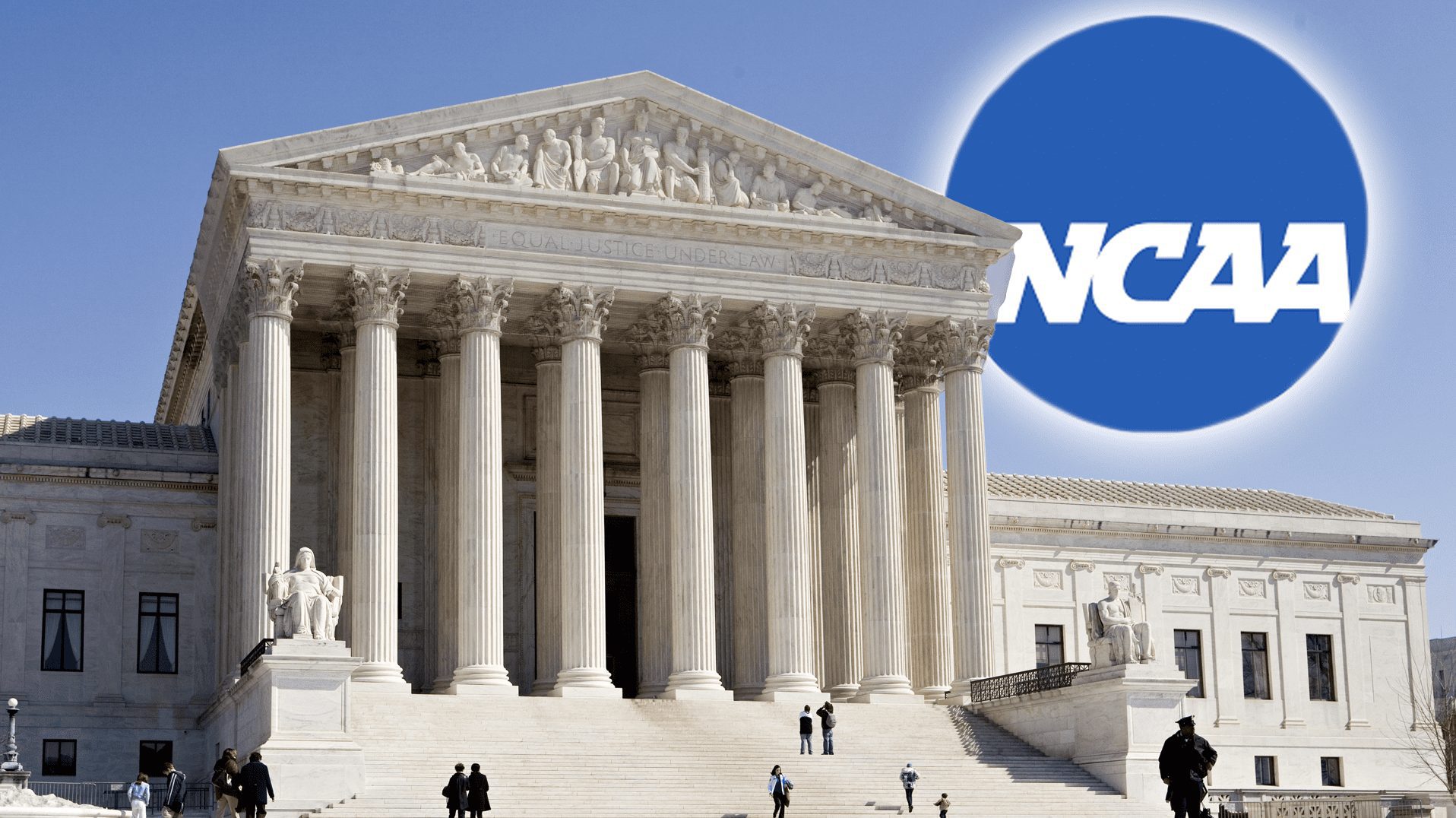

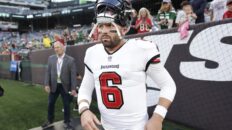
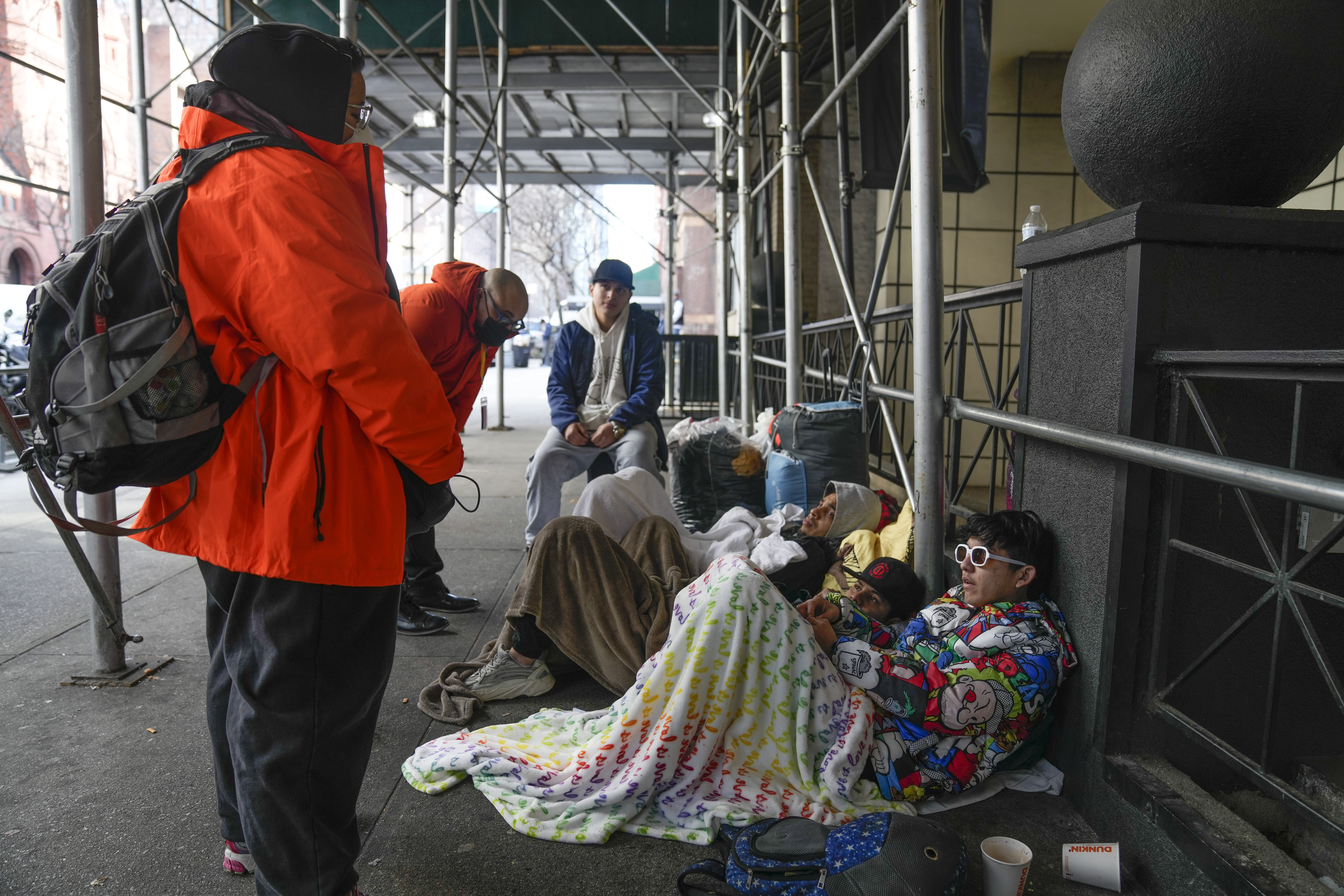


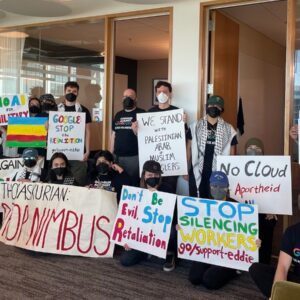

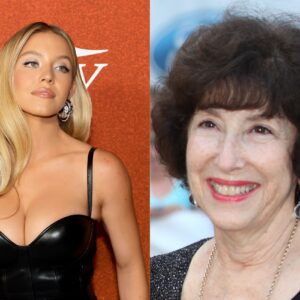
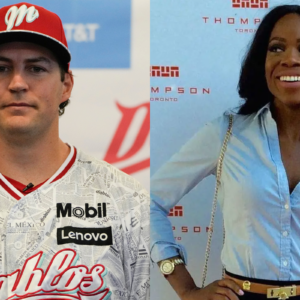







Add comment